I'm trying to extract text from image using python cv2. The result is pathetic and I can't figure out a way to improve my code. I believe the image needs to be processed before the extraction of text but not sure how.

I've tried to convert it into black and white but no luck.
import cv2
import os
import pytesseract
from PIL import Image
import time
pytesseract.pytesseract.tesseract_cmd='C:\\Program Files\\Tesseract-OCR\\tesseract.exe'
cam = cv2.VideoCapture(1,cv2.CAP_DSHOW)
cam.set(cv2.CAP_PROP_FRAME_WIDTH, 8000)
cam.set(cv2.CAP_PROP_FRAME_HEIGHT, 6000)
while True:
return_value,image = cam.read()
image=cv2.cvtColor(image,cv2.COLOR_BGR2GRAY)
image = image[127:219, 508:722]
#(thresh, image) = cv2.threshold(image, 128, 255, cv2.THRESH_BINARY | cv2.THRESH_OTSU)
cv2.imwrite('test.jpg',image)
print('Text detected: {}'.format(pytesseract.image_to_string(Image.open('test.jpg'))))
time.sleep(2)
cam.release()
#os.system('del test.jpg')



